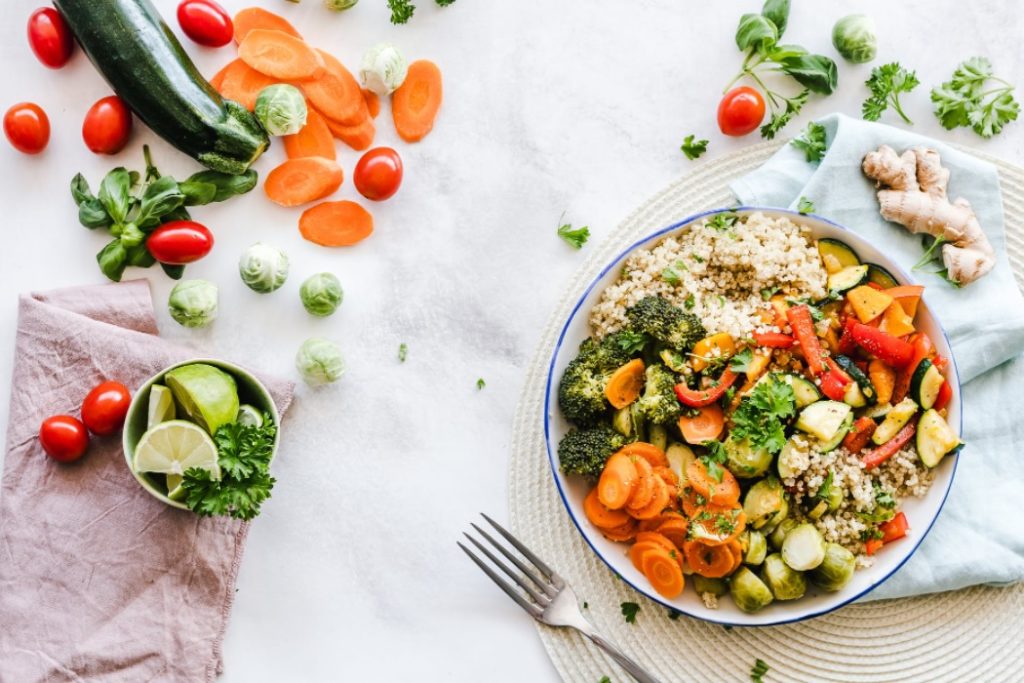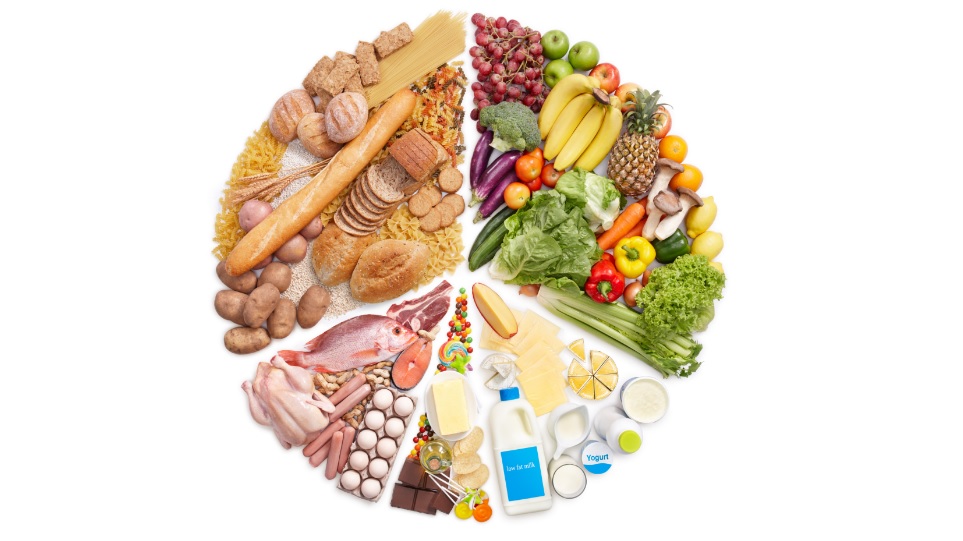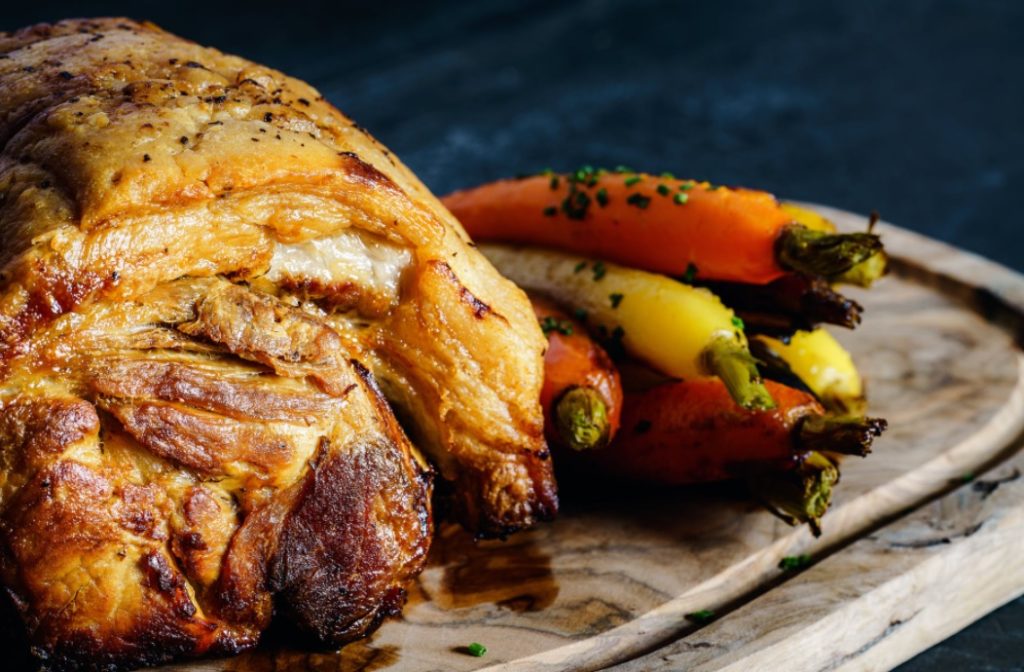Upcoming Events
No event available, please check back again, thank you.
Latest Articles
Types of Diet Combinations: How Well Do Keto and IF Work Together?
19 March 2022
The first thing we do when trying to lose or gain weight is try different types of diet to see which ones work best. Only after then do people try to look into actually working out. Some people have to go through several rounds of trial and error to find the best workout for them. There are also some, however, who are lucky enough to find martial arts and fall in love with it right away.
Martial arts is a fantastic way to get fit. It’s super engaging so that you can have fun throughout the class. It’s very easily adjustable too, so people of all ages and all levels of fitness can try it out without risk. It is becoming one of the most popular weight change options out there. Unsurprising since it does provide a high-intensity workout that burns a whole lot of calories. It burns through fat and builds muscles, making it one of the best methods to reach your body goals.
As much as it is fun, though, it isn’t enough to help you reach your goals by itself. People say that losing weight (and gaining it, for that matter) is 20% exercise and 80% diet. We have to admit that these are rather unscientific values. But the point is that the hard work you put into training won’t amount to much if you’ve got bad eating habits.
In this article, let’s talk about the relationship between food and exercise.
-
The role of calories in diet and exercise
People like to demonize calories like it’s designed to make people fat. That’s far from the truth, though. Calories are the fuel that keeps the body running. (And not just in terms of exercise!) Your heart beating and your eyes moving across this text, those use up calories too.
Calories mediate the relationship between diet and exercise. Calorie intake comes from the food you eat. On the other hand, calorie output depends on the energy your body uses to function.
When we eat, the energy we get from food can become one of three things in the body:
- Free-floating in the blood as glucose for immediate use,
- In muscles as glycogen when we’re all out of glucose, and
- It is stored in fat, where it stays until the body uses up both glucose and glycogen.
Since you can’t store energy in fat if you don’t have it in excess, diets generally aim to lessen caloric intake. (Or at least, take advantage of the body’s mechanisms to deplete fat stores.)
People who try to lose weight either limit food intake or increase energy use in exercise. Each may work alone, but diet and exercise work best in tandem.
There are many types of diet methods out there, and there’s no one-size-fits-all solution to dieting. Every diet has its pros and cons, and it’s up to you to test them out to find which one works best for you.
It’s normal to feel more tired than usual when starting a new diet. That’s because you’re not getting the immediate energy boost from junk. As you eat healthier, your body will give off more sustained energy over time. Eventually, you’ll find yourself at your peak performance, even on your diet.
Anyway, here are some of the most popular diets for you to try out. Most of the items on this list are viable options for healthy people. If you have any medical conditions, please consult your physician before trying a new diet.
-
Calorie Counting
Calorie counting is a type of diet that relies on calculation and food tracking. The process begins by understanding how much energy the body uses during the day. Then you have to see how many calories there are in the food you eat. Packaged foods have nutrition facts printed on them. There are also various sources on the internet that can tell you how many calories certain foods have.
The body uses energy in many ways:
- The BMR (basal metabolic rate) is the number of calories the body burns to keep itself alive. It accounts for all our bodily functions. Even if you stay in bed the whole day, you’ll burn through this fixed amount of calories.
- Calories we use up in exercise also counts towards the calculation. Some fitness apps can find this based on the type of exercise, intensity, and your body type.
- There is also energy output that’s hard to estimate. One good example is when it is extremely cold, and the body shivers to generate heat. Another is when you’re stressed, and your muscles are all tensed up. Pretty hard to find out how many calories those burn.
Knowing your TDE (total daily expenditure) gives you a baseline. This value is the rough number of calories you should consume daily to maintain weight.
To gain or lose weight, you have to eat more or fewer calories than your TDE, respectively.
The appeal of calorie counting is that it is a fairly simple concept. The downside of calorie counting is that it, perhaps, is too simple, and the body is far more complex. This brings us to the following diet method…
-
Macro Counting
Macro counting is a type of diet that takes the concept of calorie counting and takes it up a notch. As the name implies, you count your macros in this diet method. Macros, or macronutrients, are the main suppliers of energy in the body. There are three types:
- Carbohydrates are sugars and starches that are ultimately broken down into glucose. Sweets, rice, and pasta fit into this category.
- Proteins are the primary component in building cell components. They are primarily acquired from meat, though there are also plant sources.
- Fats are lipids that keep the skin healthy and facilitate vitamin uptake. Some diets demonize fat, but it is a component that the body needs.
(There is actually a fourth: alcohol. Yes, alcohol is a macro since it has its calories. However, people consider it an empty nutrient since the body doesn’t need it to survive.)
When you meet your macro goals, there is minimal risk of missing out on essential nutrients. This makes it the flexible diet. You can eat anything you like in moderation. Want that cookie? Sure, if it fits your macros, then go right ahead.
-
Keto diet
Can you imagine eating heaps of meat without actually cheating on your diet? Sounds like a scam, true, but it’s actually very possible. The ketogenic diet is a super popular type of diet among meat lovers out there, and that isn’t much of a surprise.
The ketogenic diet is the practice of inducing ketosis. What is it, exactly? Ketosis is when the body breaks down fat into ketones. The body can then use these ketones as its primary energy source instead of glucose from carbs.
Ketogenesis happens typically when the body runs out of glucose to consume. With this diet, however, you aim to put yourself in a constant fat-burning state. This happens when we deprive the body of carbs.
This diet is very effective in short-term weight loss since it mobilizes your fat stores. However, eating more carbs than recommended will take you out of ketosis, and it’s very easy to make that mistake. You have to be mindful then, if you practise a ketogenic diet. Otherwise, you could take yourself out of ketosis and miss the full benefits of this diet.
It is also important to note that it is a tool for rapid weight loss. The body’s physiology is just not designed for extended ketosis. We can’t recommend it for a longer-term lifestyle change.
-
Intermittent Fasting
Outside of changing what we eat, there are also types of diet where we change the timing of our meals.
Intermittent fasting (IF) works similarly to the ketogenic diet, except with different means. The ketogenic diet puts you in ketosis by limiting what you eat. On the other hand, IF is a dietary routine that lets you burn through your fat stores after using up your carbs. We call this concept ‘metabolic switching.’
With IF, you have a dedicated eating window, then the rest of the time is for fasting. There are many versions of it. And, frankly, as long as you’re fasting every now and then, you’re already doing it right.
After all, IF concerns itself with the timing of your meals. Not the quantity, and definitely not the type of food you eat.
Here are some popular variations of IF:
- Time-restricted eating. This dedicates 12 or more hours for fasting each day, with the rest of the time as the eating window. The extreme method involves eating once a day and fasting until the next day.
- The 5:2 diet. In this diet, you eat as usual for five days of the week, then restrict your calorie intake to less than 800 for two days.
- Eat-stop-eat. This involves a 24-hour fast once or twice a week.
- Alternate-day fasting. As the name implies, you eat as usual one day, then fast the next.
-
The magical combination of keto and IF
The types of diet above aren’t mutually exclusive from each other. In fact, it’s very common for people practising IF to incorporate other diets as well. The Keto diet, in particular, works wonders for rapid weight loss with IF.
Since keto and IF both work by using your fat stores, they can accomplish similar health goals. IF intensifies the effects of the keto diet, leading to further weight loss.
Of course, if you’re not doing either of them right now, best not to jump right into it. Instead, ease yourself into the more challenging one first: the keto diet.
The keto diet involves a bit of a learning curve with what you can eat and what you shouldn’t. Best to practise it first, so you get a good grasp of how to prepare your meals. Once you’ve got that down pat, incorporating fasting periods shouldn’t take much effort.





